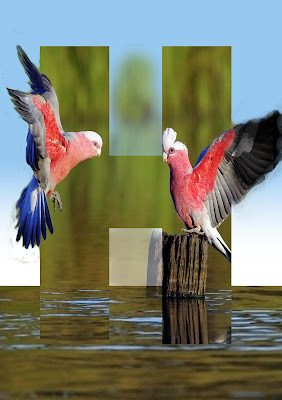Images we see around us are made from some tiny elements or components which are actually picture elements. Like the human body which has its building blocks to be cells, digital images also have compositing elements. Having something to do with images maybe by editing or manipulating them in a specific way is not only all that matters but a deep insight into the basic compositions too is essential.
What is a pixel?
A pixel is referred to as the basic elements of a picture which are dots or squares in making. These tiny square or dot elements carry picture elements or characteristics like color which are brought together to form an image. Images formed by the use of pixels are referred to as raster images or bitmaps.
Examples of raster graphics file formats include:
JPEG_ Joint Photographic Experts Group
PNG_ Portable Network Graphics
TIFF_ Tagged Image File Format
RAW
PS_ Photoshop File
PIXELATION: It is when the basic elements of an image which are the pixels become overly visible such that the individual pixels are clearly identified. Some factors can account for the pixelation of an image and it is very important as a designer to be aware of what pixelation is so that it can be properly managed.
Possible Causes of Pixelation
- Use of too-low resolutions. Image editing software come with a feature that allows resolutions to be set for a particular digital image. The higher the resolution of an image, the higher the image quality. Mostly, the resolution options are set to 72ppi(pixels per inch) to like 300ppi. A user of these softwares must set his or her own resolution of an image depending on the project to be executed.
- Displaying an image beyond its resolution. Every image depending on its resolution or quality has a maximum point at which the image can be scaled to and get the sharpness but when that limit is exceeded, the image begins to reveal its basic picture components which are the pixels and everything turns out to be a blur image or picture.
Uses
- For hiding some parts of an image from a viewer maybe sensitive contents. Pictures of interviewees at times are a bit pixelated especially at the face to avoid recognition of the persons and this is some kind of positive use.
- Pixel art is also one way this is made use of where parts of an image can be intentionally pixelated to create some artistic effect or feeling.










Comments
Post a Comment
Share your views on this insightful content